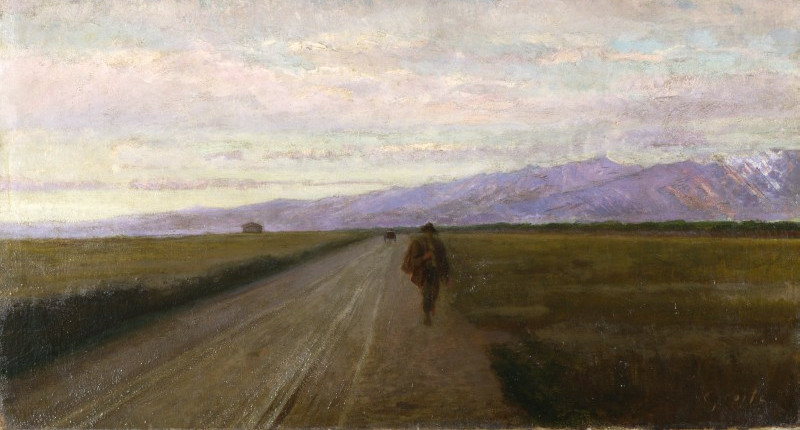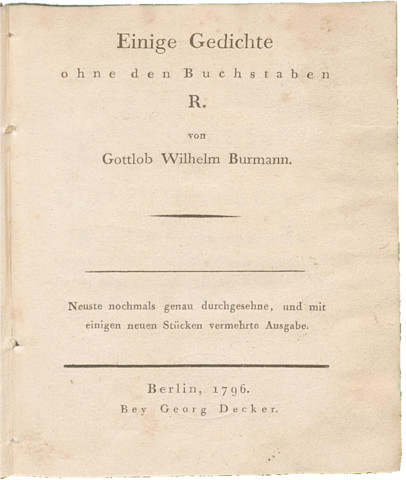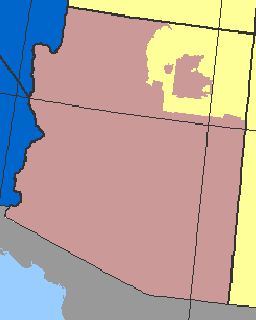William Milford of Company H, Twenty-third Pennsylvania, while lying in the breastworks at Culp’s Hill, on the morning of July 3d [1863], picked up the head of a penny which some one had cut out, probably to make a stickpin. Some months afterwards while on reserve picket under Lieutenant Vodges of F Company, talking over campaigns, told of a relic he found at Gettysburg, and pulling it out showed it to the lieutenant.
‘Why, Milford, you are the man I have been looking for,’ and pulling out of his pocket a ring or rim of a penny, it was found the two pieces fitted together. The lieutenant stated that he had found the ring when the regiment went over from Culp’s Hill to the left of Meade’s headquarters, on the afternoon of July 3d. He gave the relic to Milford, and when the regiment erected its monument at Culp’s Hill, Gettysburg, in 1886, Milford had the relic go in with others that are now in the box sunken in the lower base of the monument.
— History of the Twenty-Third Pennsylvania Volunteer Infantry, Birney’s Zouaves, 1904








